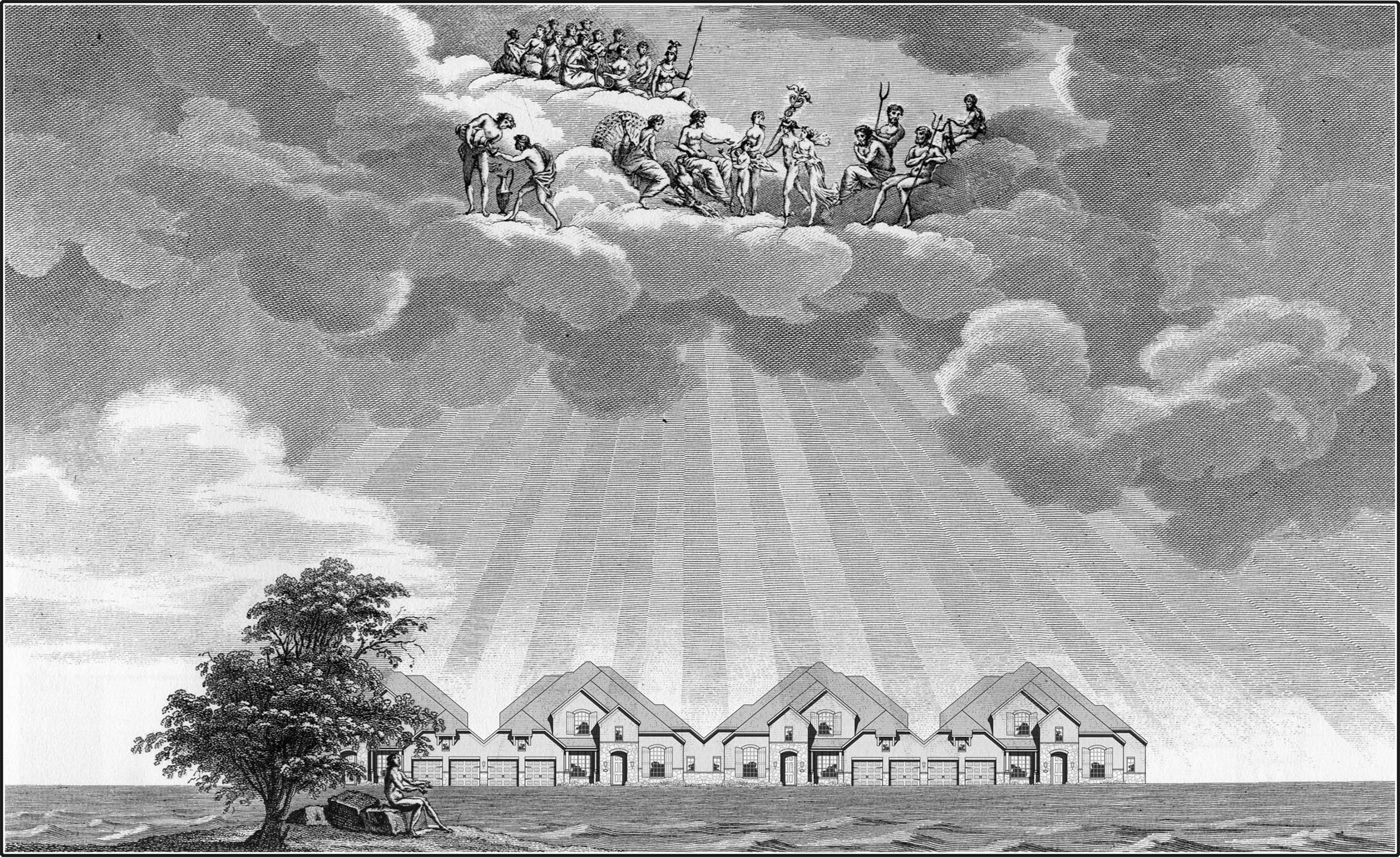The following text appears in Atlas of Another America: An Architectural Fiction, published November 2016 in Europe, and forthcoming in February 2017 in the United States, by Park Books.

I. The notes hereto subjoined, contain sundry remarks upon the foregoing Designs; and as far as they go, and may happen to meet with the reader's approbation, they may be looked upon as so many architectural Maxims or Aphorisms: but previous thereto, I hope I shall stand excused, if by way of relaxation, from the dry exercise of measuring plans, I indulge in a few Miscellaneous observations and reflections, just as they happen to rise in my mind. The reader will, perhaps, now and then, be led a little from the point; but when that happens, it is hoped, the step or two he may take out of the main path, may lead him to some thing, not totally uninteresting, or unconnected with the matter in hand, although, perhaps, not always entirely original.1
-
Jose Mac Packe, a Bricklayer’s Assistant (pseudonym of James Peacock), OIKIΔIA, or Nutshells: Being Ichnographic Distributions for Small Villas; Chiefly upon Œconomical Principles. In Seven Classes with Occasional Remarks (London: C. Dilly, 1785), 51–52.
II. He who borrows an idea … and so accommodates it to his own work, that it makes a part of it, with no seam or joining appearing, can hardly be charged with plagiarism. … But an artist should not be contented with this only; he should enter into a competition with his original, and endeavor to improve what he is appropriating to his own work. Such imitation is … a perpetual exercise of the mind, a continual invention.[^2] Nothing can come of nothing; he who has laid up no materials can produce no combinations.[^3] ↩
Keith Krumwiede is a designer, writer, and associate professor at the New Jersey Institute of Technology where he directs the graduate architecture program. His book, Atlas of Another America: An Architectural Fiction from Park Books, has been described by Albert Pope as “the most highly charged political document to come from within the discipline since the late 1960s.” Freedomland, the centerpiece of the book, is currently on view as part of the “The World in Our Eyes” exhibition at the 2016 Trienal de Arquitectura de Lisboa.

